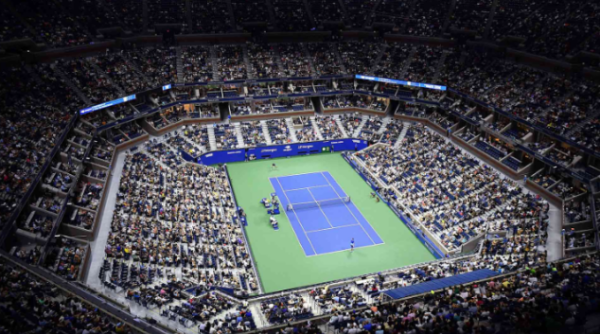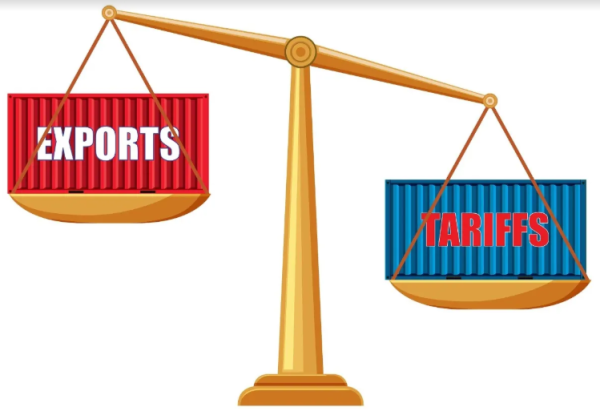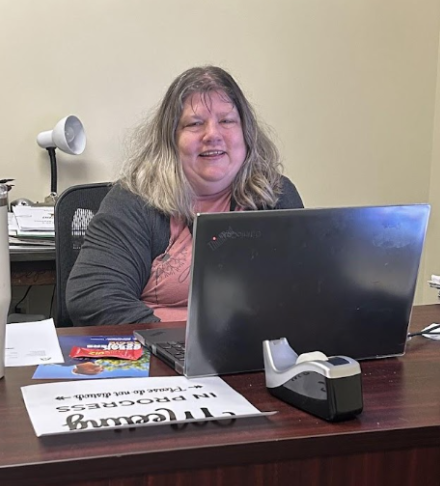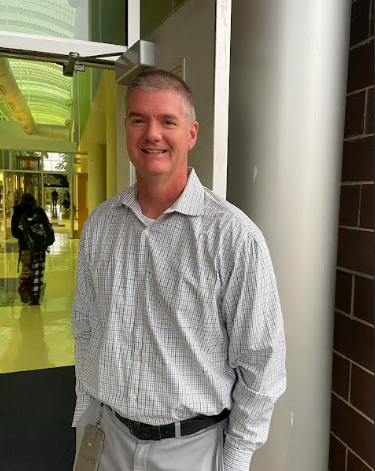Hokkaido Hit in Devastating Earthquake
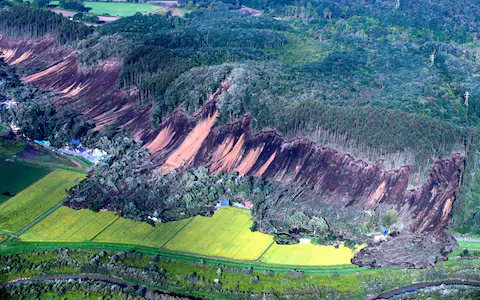
Tragedy struck Japan’s island of Hokkaido on September 6th, 2018, when an earthquake with a magnitude of 6.7 shook the second largest island of Japan at approximately 3:08 PM local time. At the time of the catastrophe, 9 people were reported dead, but in the weeks following the incident that number has risen to 44.
Japan is located in an area known as the “Ring of Fire”, an active belt of seismic located in the Pacific Ocean. The belt outlines the edges of the Pacific plates around the eastern coast of Asia and the western coasts of North and South America. The Ring of Fire is infamous for its abundance of volcanoes, tsunamis, and earthquakes, accounting for 80 percent of all the world’s earthquakes. All this seismic activity is due to the movement of the tectonic plates. The largest earthquakes like the one seen in Hokkaido typically occur at subduction zones, where one tectonic plate is pushed underneath another.
Approximately 660 people were injured in the earthquake and subsequent aftershock, which had a magnitude of 5.3. 300 million homes lost power, which has since been reinstated. To keep power running, Hiroshige Seko, the trade minister of Japan, asks Hokkaido residents to work towards using 20 percent less energy. In a news conference, Seko stated that “all residents, businesses, the government, and electricity suppliers” were all crucial in achieving this goal. Although there is a plan for electricity, 1,600 homes do not have running water, and the Hokkaido Prefectural Government stated that it could be up to a month before this problem can be solved.
One of the places hardest hit by the quake was Atsuma, a town located in northern Japan. A massive landslide wreaked havoc on the small community, consuming houses and swallowing property. Up to 220 buildings may have been damaged by the quake. Of the 40 residents, 4 have been reported dead and 26 are missing. Over 20,000 people are involved in rescue efforts. Masato Aoki, who works at the Atsuma town office facility, said, “We’ve been putting top priority on saving people’s lives, but from now on we should work toward rebuilding so residents can lead a normal life soon.”
An earthquake cannot be monitored like a volcano, tracked like a hurricane, or predicted like a tornado, one of the main reasons they are so catastrophic. Japan has been hit with several environmental disasters this summer, the most recent of which being a category three typhoon. With wind speeds of 87 miles per hour, Typhoon Jebi was the biggest storm to hit Japan in 25 years. Floods and landslides also damaged roads and property in July of this year.
1,600 people are still in shelters following the earthquake. Shinzo Abe, Japan’s prime minister, says his plan is to reconstruct areas hit badly by the earthquake and help rebuild the lives of those affected by supporting local tourism and Hokkaido’s dairy industry.



